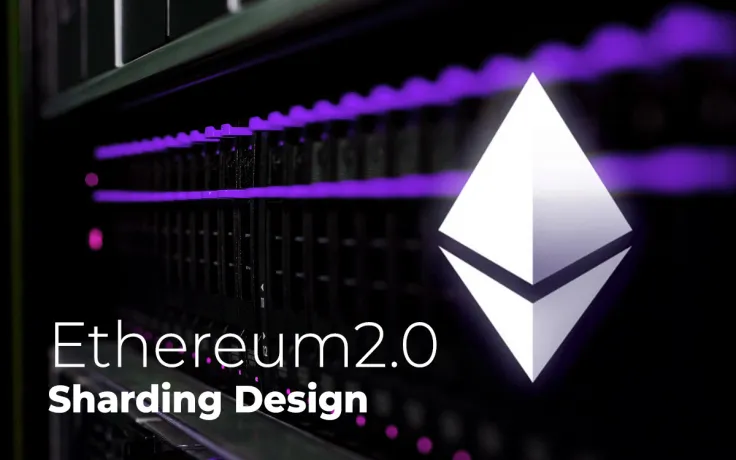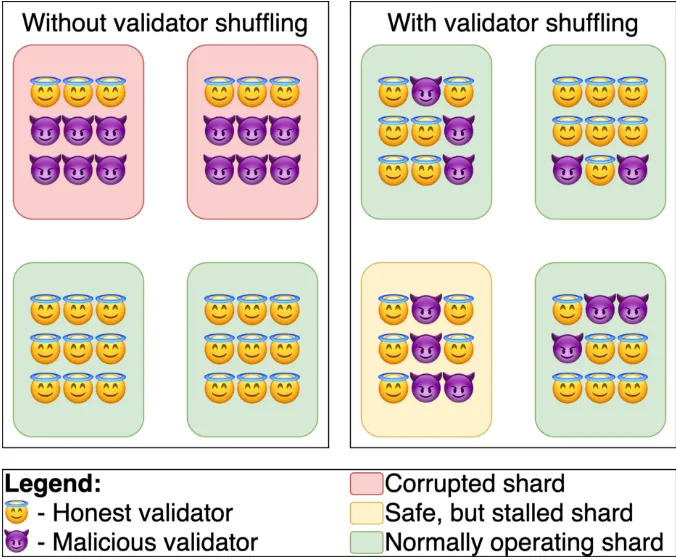
Carl Beekhuizen, an Ethereum 2.0 researcher at the Ethereum Foundation, explained how the shuffling of validators will protect the future consensus from malefactor activity without sacrificing the network's bandwidth.
No Chance for Attack
As explained by Mr. Beekhuizen, validators attest to the block proposal (voting for a new block in the chain) every 12 seconds. In Ethereum 2.0, there is a minimum period of network existence, which is called a 'slot'. The next time framework is called an 'epoch', which is comprised of 32 slots or 6 minutes 24 seconds. Within one epoch, all rewards and penalties are distributed among validators.
There's much hype around eth2's sharding, but IMO consensus sharding is the more intellectually stimulating concept.
Check out my latest Validated article on eth2's sharded consensus: https://t.co/etS8fTnf9z— Carl Beekhuizen (@CarlBeek) March 27, 2020Bitcoin (BTC) Price Prediction 2026Morning Crypto Report: XRP Kicks Off 2026 With 2,198% Liquidation Imbalance, Tether (USDT) Stuns With $780 Million Bitcoin Purchase, Meme Coin on Binance Loses 88% After Hacker AttackRipple Kicks Off 2026 With 1 Billion XRP UnlockCrypto Market Prediction: Two Big Bitcoin (BTC) Barriers, Best XRP Price Timeframe at the Start of 2026, Shiba Inu (SHIB) Having a Calm New Year
Validators are organized into committees while performing their duties. Thus, if one validator decides to act in illegal manner, i.e. to attack the network from within, the proper performance of his/her committee is put in danger. To avoid such issues, it was decided to shuffle the validators randomly between committees.

As a result, the probability of such an attack goes to vanishingly small figures even with a significantly small number of validators assigned to each committee.
Signatures Aggregated for Throughput Economy
Another problem addressed by Mr. Beekhuizen is the volume of signatures of all validators. According to his calculations, with only 10% of all Ethers staked, the volume of validator signatures will exceed 7.6 GB per day.
To prevent high latency on the network, it was decided to aggregate signatures that validate on the same data. By using signature aggregation, only 1 signature needs to be stored and checked for the entire committee, which results in a 3,800x reduction in volume of processed data.
Ethereum 2.0 is a Proof-of-Stake (PoS) version of the Ethereum (ETH) network, which is planned to roll out in 2020. It will erase the Ethereum (ETH) mining and replace it with staking. Moreover, the whole Ethereum (ETH) blockchain will be divided into interconnected sub-blockchains or shards.

 Dan Burgin
Dan Burgin Gamza Khanzadaev
Gamza Khanzadaev Godfrey Benjamin
Godfrey Benjamin Tomiwabold Olajide
Tomiwabold Olajide